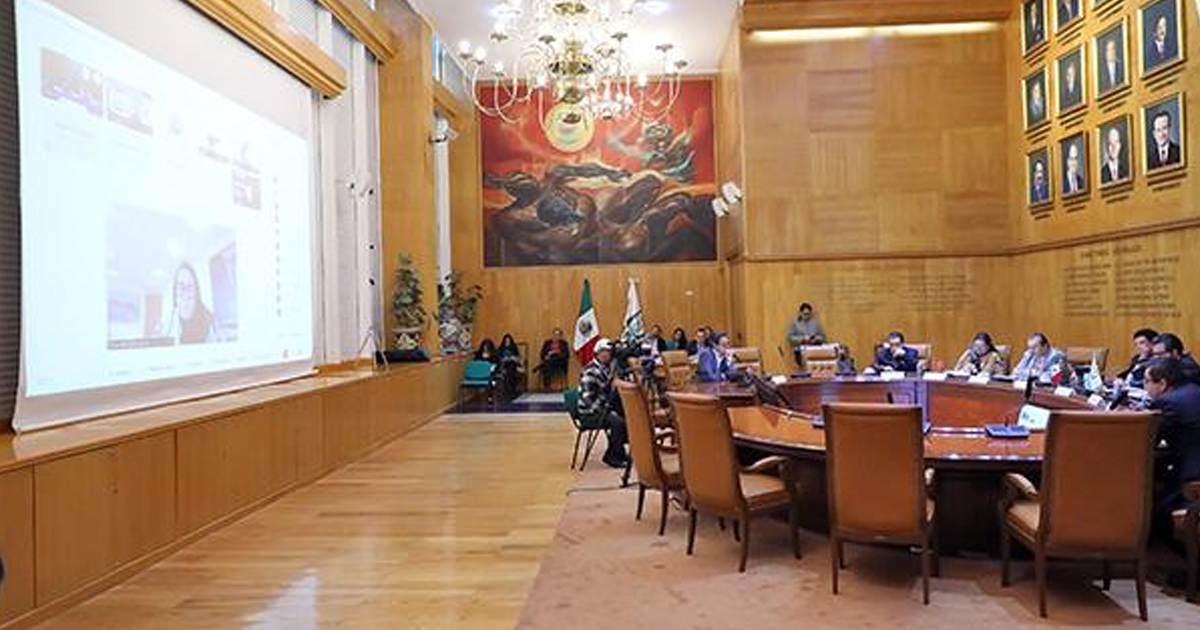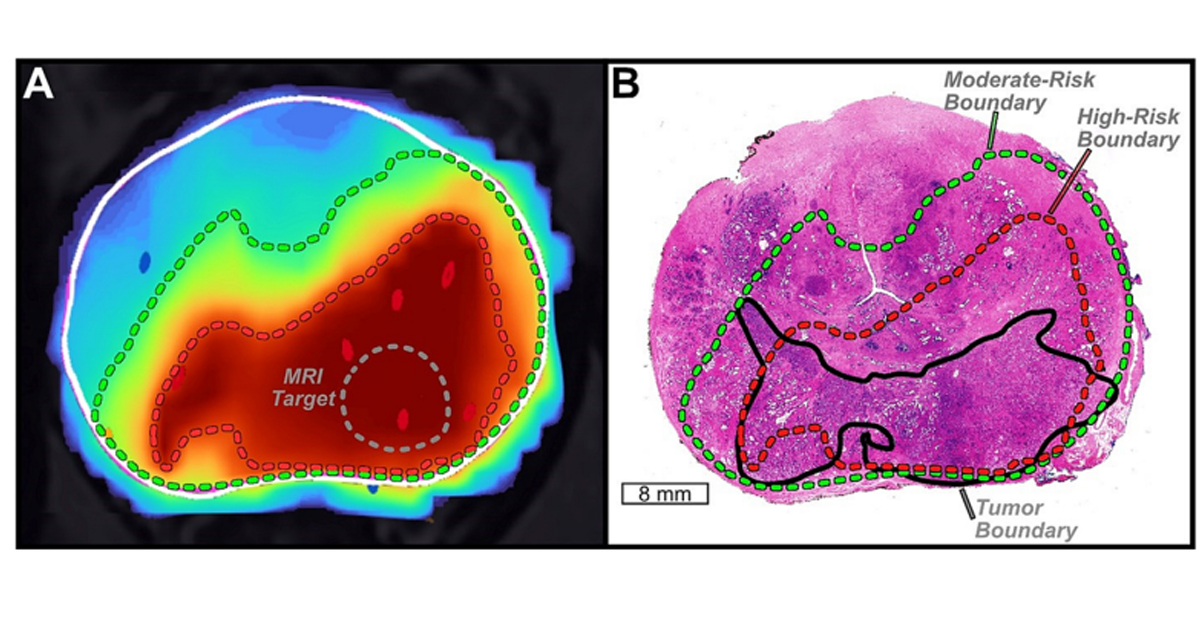El estudio muestra una evaluación de los efectos de factores demográficos y socioeconómicos sobre el riesgo percibido por la población ante el riesgo que representa COVID-19, en el contexto del cierre de comercios y medidas de distanciamiento obligatorias. Los resultados indicaron un 65% de reducción en la movilidad en Francia.
El 17 de marzo de este año, el gobierno francés implementó un bloqueo en todo el país para contener el alza del contagio de COVID-19 y evitar la saturación en los hospitales. El objetivo de este estudio disponible en The Lancet (https://www.thelancet.com/action/showPdf?pii=S2589-7500%2820%2930243-0) fue utilizar datos de teléfonos móviles para el estudio del cambio de la movilidad en Francia antes y durante el cierre. El estudio mostró resultados sobre distancias de viaje, edad, residencia del usuario, hora del día en las que permaneció en casa o salió. Estos datos también fueron categorizados por región.

En Francia, la primera respuesta contra COVID-19 sucedió el 10 de enero, durante la Fase 1 se detectaron casos importados para realizar rastreo de contactos. La Fase 2 inició el 29 de febrero y comenzaron las intervenciones de distanciamiento social. La Fase 3, fue declarada el 14 de marzo, cuando se sabía con certeza que el virus circulaba activamente en el territorio francés.
Los datos utilizados comprenden flujos de viajes origen-destino entre más de mil 400 áreas geográficas de Francia. Los rangos de edad utilizados fueron, menores de 18 años, de 18 a 64 años y 65 años o más. “Los registros de teléfonos móviles son una de las principales fuentes de datos de movilidad. Describen los flujos de viaje entre las diferentes ubicaciones de un país. Estos flujos se pueden analizar a lo largo del tiempo para estudiar los patrones de población sin ninguna información sobre los usuarios individuales, salvaguardando la privacidad”, mencionan los autores en el contenido del artículo.
El estudio mostró que durante la Fase 3 las medidas de distanciamiento social y del cierre actividades tuvo un efecto positivo. Los viajes por día, fueron de 60 millones por día a solo20 millones.
El estudio mostró que cada región se comportó de manera distinta, ya que los grupos de edad más activos durante el bloqueo generaron menor reducción de movilidad en regiones donde representan la mayoría del total de la población. Otro factor importante fue asociado con las disparidades económicas entre las regiones.
El estudio representa una oportunidad para conocer los factores que determinaron el cambio en la movilidad en Francia durante la pandemia, a pesar de las limitaciones que los autores reconocen, el uso generalizado de los teléfonos móviles abre la posibilidad de realizar este tipo de estudios. Accede al texto completo a través del siguiente enlace: https://www.thelancet.com/journals/landig/article/PIIS2589-7500(20)30243-0/fulltext







